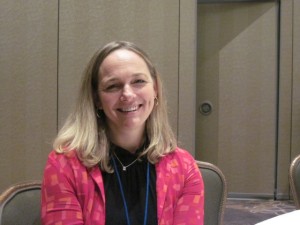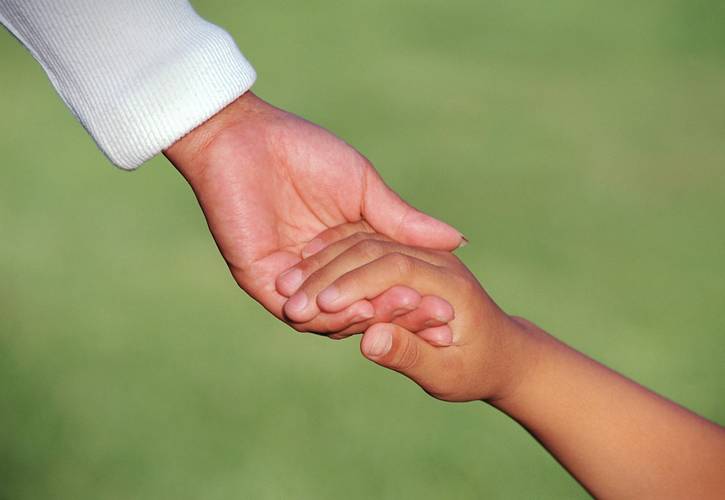 Organizations that serve youth must overlap their defenses against sexual predators, say experts at a youth protection conference organized by the Boy Scouts of America (BSA).
Organizations that serve youth must overlap their defenses against sexual predators, say experts at a youth protection conference organized by the Boy Scouts of America (BSA).
“The first problem we have in the country is that most people most of the time won’t report abuse, no matter how clear the evidence is … even when they walk in on a child being sexually abused,” declared Victor Vieth, executive director of the National Child Protection Training Center at Minnesota’s Winona State University.
“It’s not a close question,” he said, referring to decades of research. “People tell researchers, ‘I don’t report because I’m not quite sure.’”
In 2012 alone, personnel in the Roman Catholic Church, the BSA and Penn State University, to name a few big organizations, have all been accused or convicted of complicity in ignoring child sexual abuse, in some cases, for decades.
That’s part of what’s fueled new public attention to child sex abuse in places where kids go to worship, learn and play.
As a response, the BSA organized the two-day Atlanta conference, where some 40 leaders of youth-serving organizations, other non-profits, and advocates gathered to hear from leading child abuse prevention researchers.
They say organizations must set up several layers of protections.
“We do know only about 10 percent of offenders have any kind of criminal background record,” said Lisa Jones, research associate professor of psychology at the University of New Hampshire and a faculty member at the school’s Crimes Against Children Research Center. Screening is merely a first step, she said.
According to Vieth, about 25 percent of convicted child molesters say they committed their crimes when other adults were in the room, by, for example, reaching under a table to fondle a child or abusing a child under cover of darkness in a campground bunkhouse.In addition, would-be sex offenders can work out dodges for some rules.
when other adults were in the room, by, for example, reaching under a table to fondle a child or abusing a child under cover of darkness in a campground bunkhouse.In addition, would-be sex offenders can work out dodges for some rules.
Vieth said people who work with youth must have ongoing training to “recognize signs and symptoms of abuse … the signs of neglect, everybody should know something about the dynamics of sex offenders” and the ethics of reporting.
“If I had to pick one thing that I thought was the most important I might pick training,” Jones said. “Training to teach people what to look out for and then what to do and how that’s going to be handled, I think is very important.” “If you don’t have training every year you tend to lose your knowledge,” he added.
Training overlaps with the physical and mental environment an organization builds.
Each organization must figure out the structural strategies that work best for them.
An organization running an after-school tutoring program could require all classroom doors to be kept open, for example. Or staff could frequently, randomly drop into study rooms. Organizations that pair kids with mentors could train each child first on bad touches and the courageand words to use to report to another adult.
An organization can’t necessarily identify ill will when a potential volunteer walks in the door, said Keith Kaufman, editor of “The Prevention of Sexual Violence: A Practitioner’s Sourcebook.”
“One of the things that I think is a great strategy,” he said, “is making clear in the recruitment process that they’re an organization that has zero tolerance for inappropriate behavior and sexual abuse, and that they pursue that to the fullest extent of the law.” That will help deter the wrong kind of applicant.
Even if the wrong applicant makes it in, ideally, “the training of your staff, the policies, the supervision that you have in place, would be things that would make it difficult or impossible” to abuse children, Kaufman said.
The situation may seem bleak, but, Vieth pointed out, things are much better now than 40 years ago when “your average police officer, prosecutor had no training, no knowledge about child abuse issues.”
And indeed, he said the “army” that can put an end to child abuse is already in the field: doctors, nurses, social workers, police officers, teachers and others.
There is a correlation between obesity and being a victim of child abuse, for example. Research suggests kids may cope with abuse by eating for comfort or in hopes of making themselves less attractive.
Not every doctor or nurse knows that, however, and they are not routinely asking obese children about adverse experiences.
Besides that, when people suspect abuse, other thoughts cloud their mind, such as a disbelief that a long-time friend or colleague could commit such a crime. That’s why Vieth pushes education.
“The more education you have the more likely you are to do the right thing when circumstances present themselves,” he said.
Photo from the Boy Scouts of America Facebook page.
Photo by Maggie Lee.
